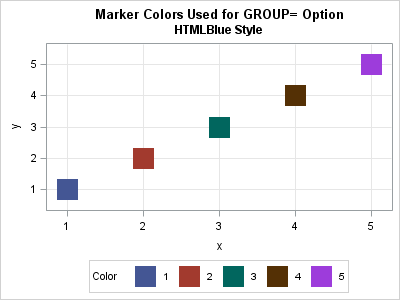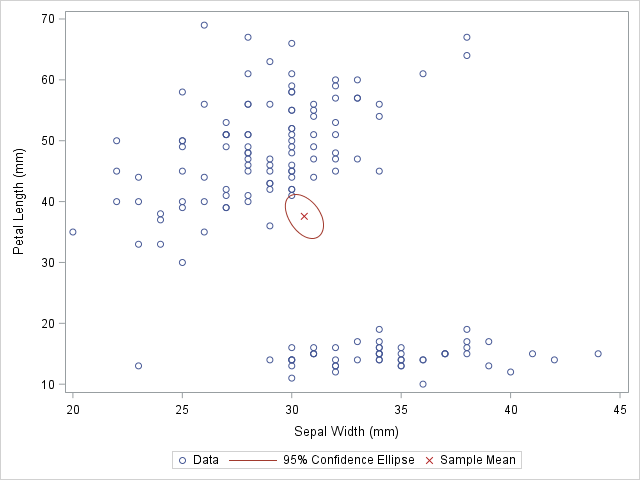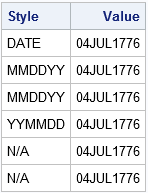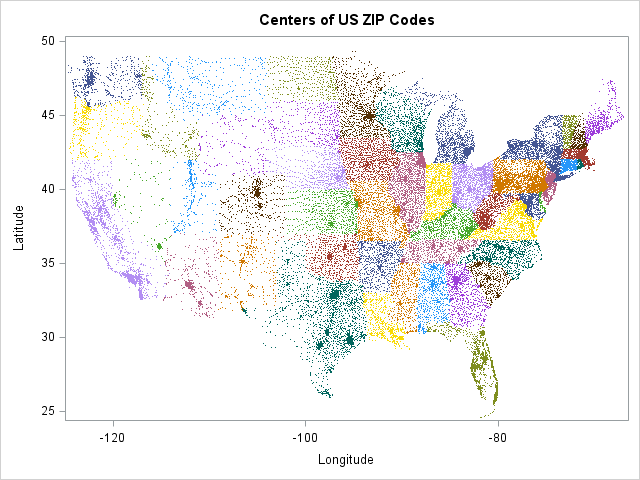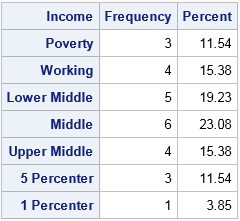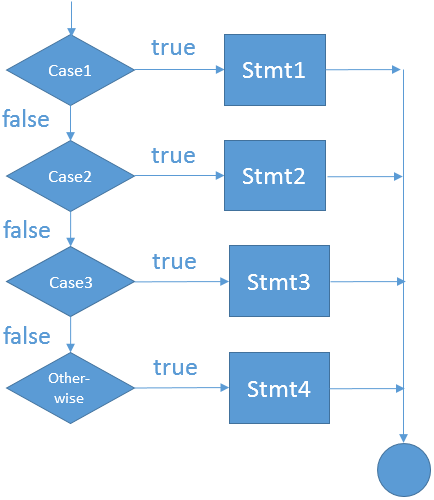
Longtime SAS programmers know that the SAS DATA step and SAS procedures are very tolerant of typographical errors. You can misspell most keywords and SAS will "guess" what you mean. For example, if you mistype "PROC" as "PRC," SAS will run the program but write a warning to the log:

